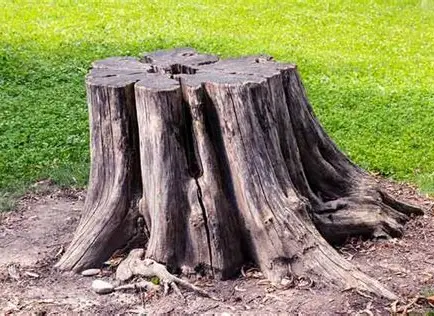6 Unique Types of Origami that You Should Learn
Origami is the art of folding paper. It gets its name from the Japanese terms ori (“folding”) and kami (“paper”). See these 6 Unique Types of Origami.
6 Unique Types of Origami that You Should Learn
Traditional origami involves folding a single square sheet of paper -typically with one bright or patterened side- into an artwork. Origami is done without cutting, gluing, taping, or even labeling it. However, people have created numerous sorts of origami artwork that are not bound to its basic rules. This article will describe the various types of origami art.

Action Origami
Action origami is a style in which the finished model can interact and do something. The “paper crane” and “fortune teller” are two popular action origami models. Action origami is defined as origami that flies, requires inflating, or, after completion, uses the kinetic energy of a person's hands applied to a certain location on the model to move another distraction or branch.
Fun action origami projects include unfolding hearts, cards, paper boxes, and even animals.
Golden Venture Folding
Golden Venture Folding (also known as Chinese Paper Folding or 3D Origami) is a modular origami technique. Paper is folded into a straightforward triangular unit in this case. Hundreds of these pieces are linked together to create intricate sculptures. The number of units required is determined by the model's level of complexity and size. A swan or a pineapple would typically require 250 to 500 units.
If you are wanting to advance your origami skills or take your paper folding to the next level, 3D Origami is a great style to check out!
Fabric Folding
The art of folding fabric to make decorative and usable objects. In addition to paper, we can fold the cloth into something. Fabric folding is a common model in restaurants, wherein folded swans or a fabric box for silverware can be found. General fabric folding, towel folding, napkin folding, quilts, garments, and toys are the six most prevalent varieties of fabric origami. Each uses a different method of folding fabric into an item or design. For origami designs, individuals can choose from a variety of fabrics. Adults and children can learn this folding.
Be sure to learn traditional origami with paper folding first, as fabrics can have different weights and textures and may be more difficult if you are a beginner.
You can use fabric origami in preparation for weddings and other formal events, or even hosting with folded towels, napkins and linens.
Wet-Folding
Wet-folding is an origami method invented by Akira Yoshizawa that uses water to wet the paper and make it easier to manipulate. This method adds a sculpting element to origami, which is otherwise entirely geometric. Wet-folding is best suited to folding animal models since they require many curves and features. The liquid will be supplied by a little spray bottle of water, a cloth (or even a paper towel), and a good piece of wet-folding paper. The model is more straightforward; the heavier the paper. Experimenting with many types of paper is the simplest way to decide which one is best for you.

Kirigami
Kirigami is a type of origami, which is a Japanese art of folding paper. The paper is sliced as well as folded in kirigami, resulting in a three-dimensional artwork that stands off from the page. Kirigami does not generally use adhesive. Kirigami improves on the Japanese art form of origami, which entails folding paper to create 3D structural forms by carefully inserting cuts into the paper before folding. You may make kirigami with any paper type. However, thinner paper is required for projects that need a lot of folding. Several crafters use watercolor paper for pop-up cards because the minor texture adds appeal to the design.
Kirigami is an excellent way to build skill while practicing patience and concentration. If you love working with paper and are wanting to develop your skills into artwork to display or give as gifts, Kirigami may be for you.
Modular
Modular origami is a type of model made from many sheets of paper joined by folding. Individual sheets are folded into units that are usually identical or fairly similar to one another. The first historical record for a modular origami design comes from Hayato Ohoka's 1734 book Ranma Zushiki. It includes a print of a group of typical origami forms, one of which is a modular cube. Tant paper is popular among modular origami artists due to its bright colors. It is also thicker than conventional origami papers, holds creases well, and is ideal for folding complicated creations.
You can use modular origami to create intricate geometric shapes, with 3D surfaces and gradient colors. You can use this art form to display as wall art, in shadow boxes, or even hanging ornaments. The limit is your imagination! This may be one of the more complicated yet unique types of origami.
Origami is a satisfying and uniqe art form. There are unlimited patterns and variants on the same themes that you must try! If you are new to this art form, start with a few basic projects and be sure to find a bright, colorful and overall inspirational origami paper set for inspiration! Its ideal for any age, and especially fun for holidays and group projects. There are many reasons to try it out- you just need to decide what your first project will be.
Thanks for reading this post on 6 Unique Types of Origami that You Should Learn!
See more lifestyle content from Consumer Queen Here





